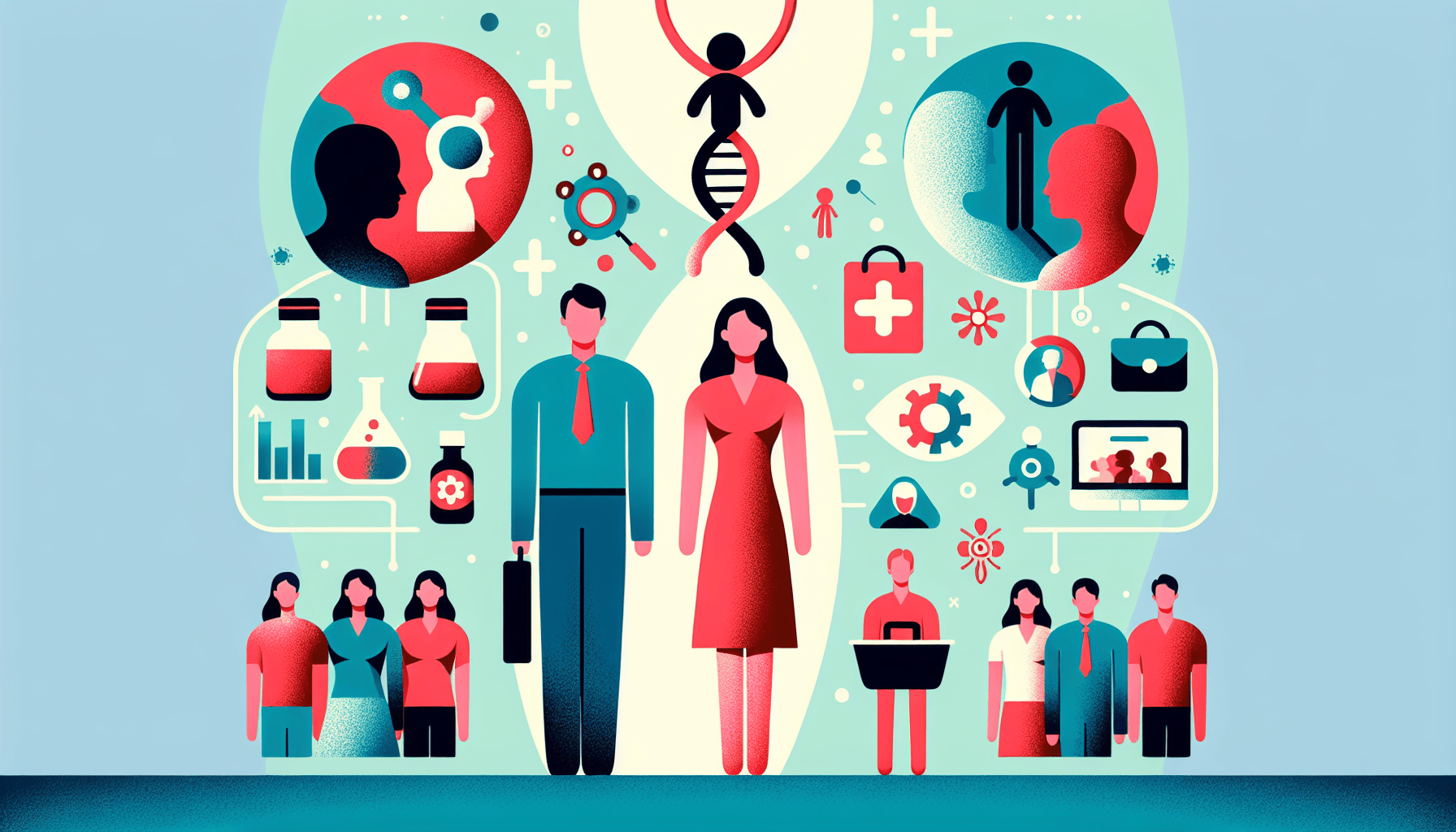Can I Take Zepbound a Day Early?
Key TakeawaysZepbound is a once-weekly injectable medication for weight management and obstructive sleep apnea (OSA) linked to obesity.Taking Zepbound a day early is [...]
Read More
Medically reviewed by Abhijit Bhattacharyya | MD, PhD, MBA, Tufts University School of Medicine - Miami, Florida on May 27th, 2023.
Cloning has long been a topic of fascination and controversy. With recent scientific advances, human cloning has moved from science fiction to reality. But what exactly is cloning, how does it work, and what are its potential uses? In this article, we'll break down the basics of human cloning in easy-to-understand terms.
In nature, clones are simply genetically identical individuals, like identical twins. Twins occur when a fertilized egg splits in two and each half develops into a separate embryo. These twins have the exact same DNA.
However, when scientists talk about cloning, they usually mean a process called nuclear transfer. In this technique:
The DNA is removed from an unfertilized egg
DNA from an adult cell (like a skin cell) is inserted into the egg
The egg is stimulated to start dividing and developing into an embryo
The embryo is a genetic copy of the adult cell donor

The main goal of human cloning research is to create embryonic stem cells that are genetically matched to patients. This is called therapeutic cloning. Stem cells are "blank slate" cells that can develop into any cell type in the body. Scientists hope to use cloned stem cells to:
Replace damaged cells and tissues
Treat diseases like diabetes, Parkinson's, and spinal cord injury
Study disease development and test new drugs
In a major breakthrough, researchers recently used therapeutic cloning to create the first cloned human embryos and extract stem cells from them. The stem cells were a genetic match to the patient. This proof-of-concept study opens the door for developing personalized stem cell therapies.
While the research is promising, there are still major obstacles to using therapeutic cloning for widespread treatment:
It requires a large number of human egg cells, which are difficult to obtain
The process is very inefficient - many eggs are needed to create one viable embryo
Personalized stem cell lines would be extremely costly to create for each patient
Many scientists believe that it's more practical to use donated embryos left over from fertility treatments to create stem cells for research and therapies. These embryos would otherwise be discarded.
Reproductive cloning would involve using cloning techniques to create a genetic copy of a living person. A cloned embryo would be implanted in a womb and developed into a baby that's genetically identical to the cell donor.
However, reproductive cloning is currently not possible and may never be feasible or safe in humans. Animal studies show that cloned embryos have a very low survival rate and often have health problems. Even a "healthy" human clone would not be an exact copy of the donor - they would be more like a delayed identical twin with a different upbringing and environment.
Human cloning remains a highly controversial issue. While therapeutic cloning holds immense potential for medicine, it also raises thorny ethical questions about the creation and destruction of embryos. Reproductive cloning is widely condemned as unsafe and unethical. As the science advances, societies around the world will continue to grapple with how to regulate cloning research and whether to permit therapeutic cloning while banning reproductive cloning.
For more information on human cloning and stem cell research, check out these resources:
Key TakeawaysZepbound is a once-weekly injectable medication for weight management and obstructive sleep apnea (OSA) linked to obesity.Taking Zepbound a day early is [...]
Read MoreKey TakeawaysZepbound is an FDA-approved medication for chronic weight management in adults with obesity or overweight, and for moderate to severe obstructive sleep apnea [...]
Read MoreKey TakeawaysZepbound is a once-weekly injectable medication that supports weight loss by activating hormone pathways regulating appetite and digestion.After the first dose, [...]
Read More